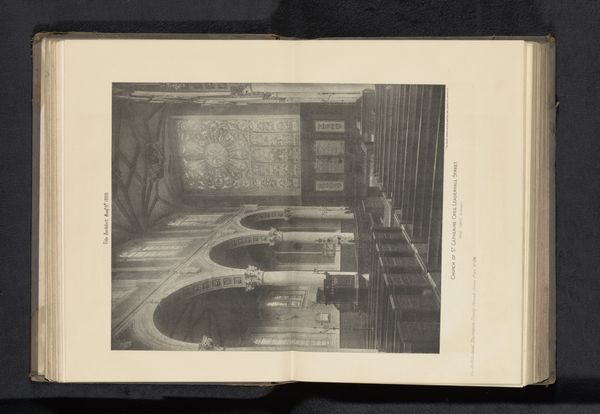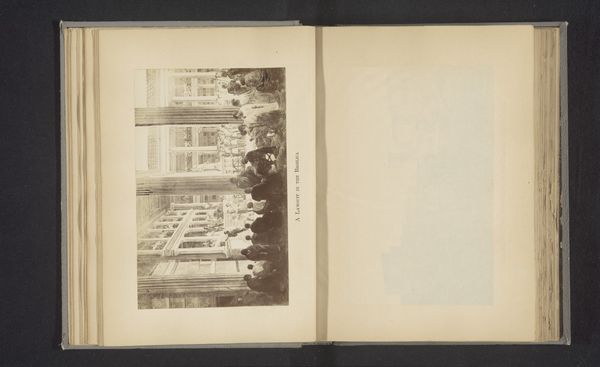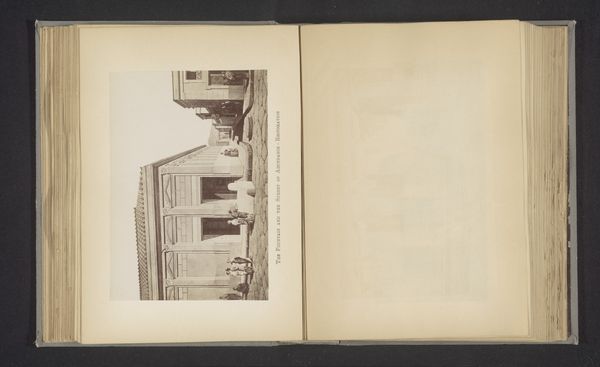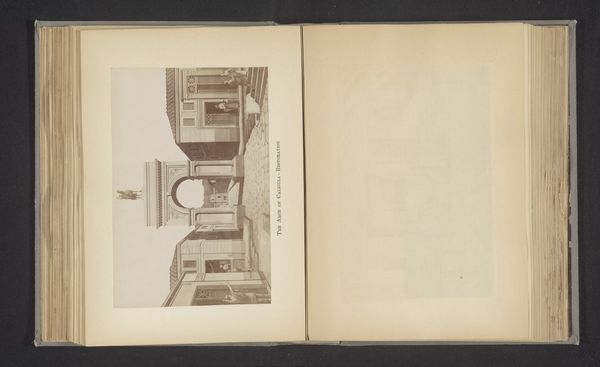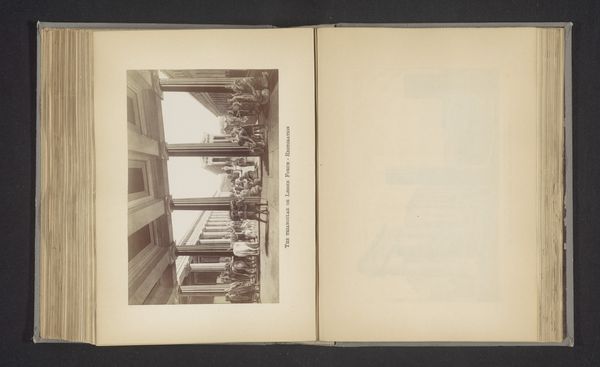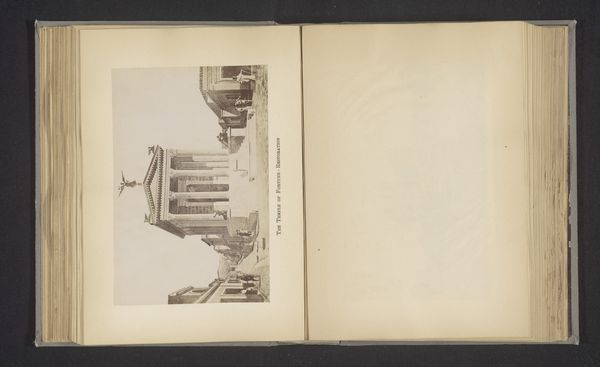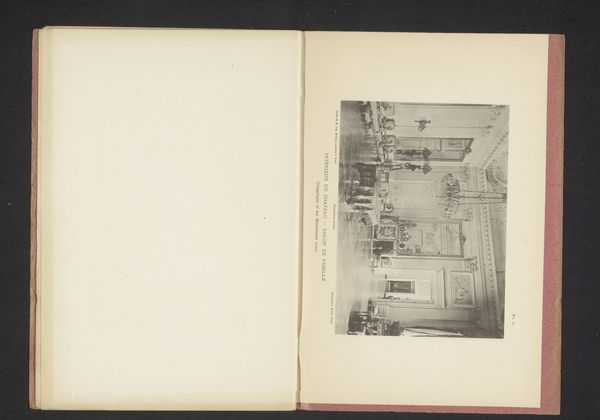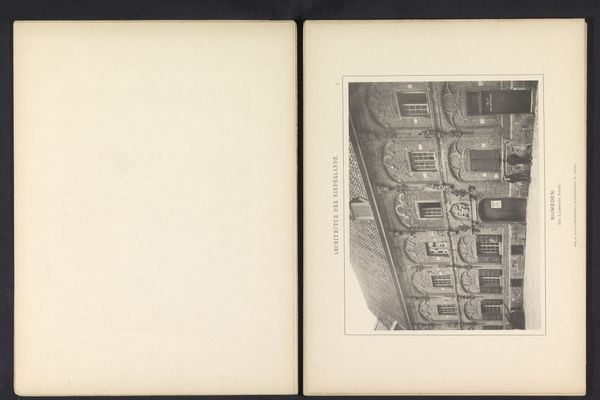
print, photography, gelatin-silver-print
# print
#
landscape
#
photography
#
ancient-mediterranean
#
column
#
gelatin-silver-print
#
cityscape
#
academic-art
Dimensions: height 119 mm, width 186 mm
Copyright: Rijks Museum: Open Domain
Editor: This photograph, "Fotoreproductie van een gezicht op Basilica te Pompeï", created before 1895, uses a gelatin silver print to depict an ancient cityscape. I'm struck by the texture within the shadows. How should we understand its artistry? Curator: Well, let's start with the materiality. Gelatin silver prints offered a then-new level of detail and tonal range, a kind of mass reproducibility. Think about the social implications: Suddenly, Pompeii, a site of archaeological discovery, is accessible to a wider audience. Who got to see it before this process came about, and who gets to see it now? Editor: That's true. Before, images of ancient places like this would have been available mostly through engravings, right? Curator: Exactly! Engravings are much more laborious, specialized work. Now, what happens when you replace skilled engravers with a photographic process? What does that shift in the mode of production say about who is empowered to create, who consumes these images, and what the function of those images is in culture at the time? Editor: It democratizes the visual record, but maybe also devalues the artistry in representing the world. Curator: Precisely. We see the value in this print less as a unique artistic statement and more as a product of industrialization, contributing to a larger understanding of labor and dissemination of knowledge in the 19th century. How does this understanding inform how we engage with this kind of photography today? Editor: It changes how I see the photo itself - less a window to the past, more of a cultural artifact. Thanks. Curator: Glad we could explore it together. Now, think about how new digital mediums, such as VR environments, have further democratized archaeological sites today and their effect on our understanding of cultural objects and historical events.
Comments
No comments
Be the first to comment and join the conversation on the ultimate creative platform.


